Before Sam Devlin fired up the motor and backed the Banjo 20 from the dock, the two of us relaxed in the cabin and chatted about boats each of us had designed and built, family, and getting older. Before even casting off, the trailerable 20′ outboard pocket cruiser Sam had designed had lived up to one of its primary purposes: providing a comfortable place to welcome company. The geometry of the interior’s conduciveness to conversation was not incidental. The footwell has room to sit facing one another without crowding feet or knees and the benches are comfortable and set the cabin occupants neither too close to nor too far from each other.I had met with Sam to take notes on the Banjo 20’s underway performance, but I was content to let the time slip by with the boat still tied to the dock. We did eventually cast off and get underway. The airy cabin has a pair of 7′ 2″ benches. Six portholes and a skylight hatch brighten the space.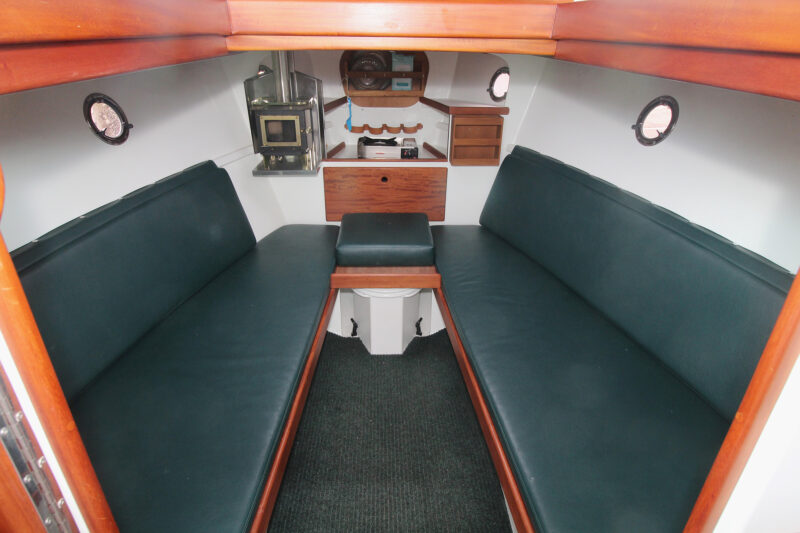 Photographs by the author
Photographs by the author
Join The Conversation
We welcome your comments about this article. If you’d like to include a photo or a video with your comment, please email the file or link.

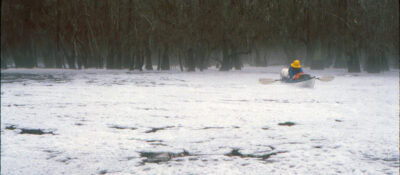
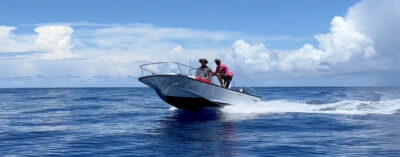
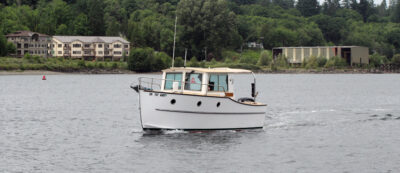
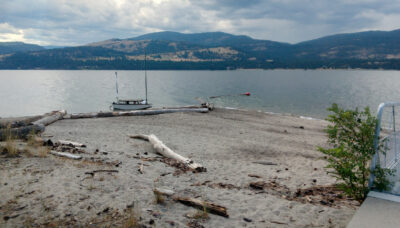

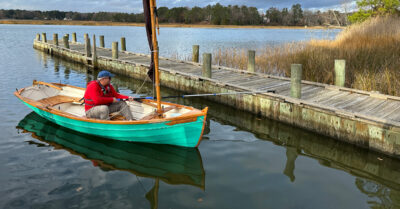
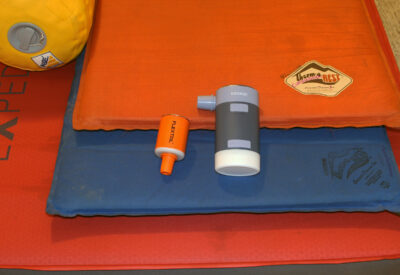

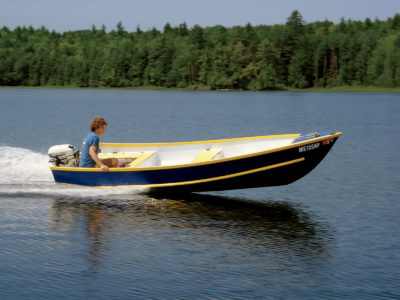
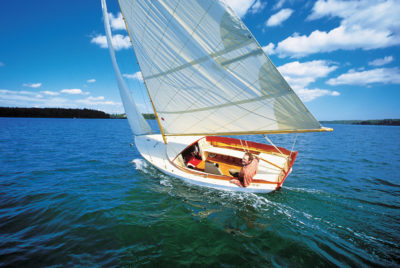
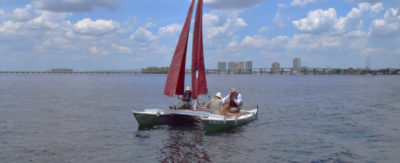
Here in the tropics I would absolutely live on her.
I’d live on it on this eastern island !
Fitted out a great Colvic 21 in the 70’s. Very similar design.
Ah yes, add to the collection of boats I wish I had.
Very nice boat and practical like many Devlin designs. The boat could hit a higher speed with a 60hp 2-stroke, but alas they are mostly in the past now.
Why should 2-strokes be “in the past” as the small contribution they make to the over wrought negative effect they have on the environment is small as there are not many of them. When you consider the 2-strokes were made in the past, there is not the negative affect of power and materials used to manufacture new 4-strokes, not considering the outlay of scarce money to pay the outlandish price of a new 4-stroke. 2-strokes have been in Minnesota lakes for 100 years and the lakes are healthier than ever.